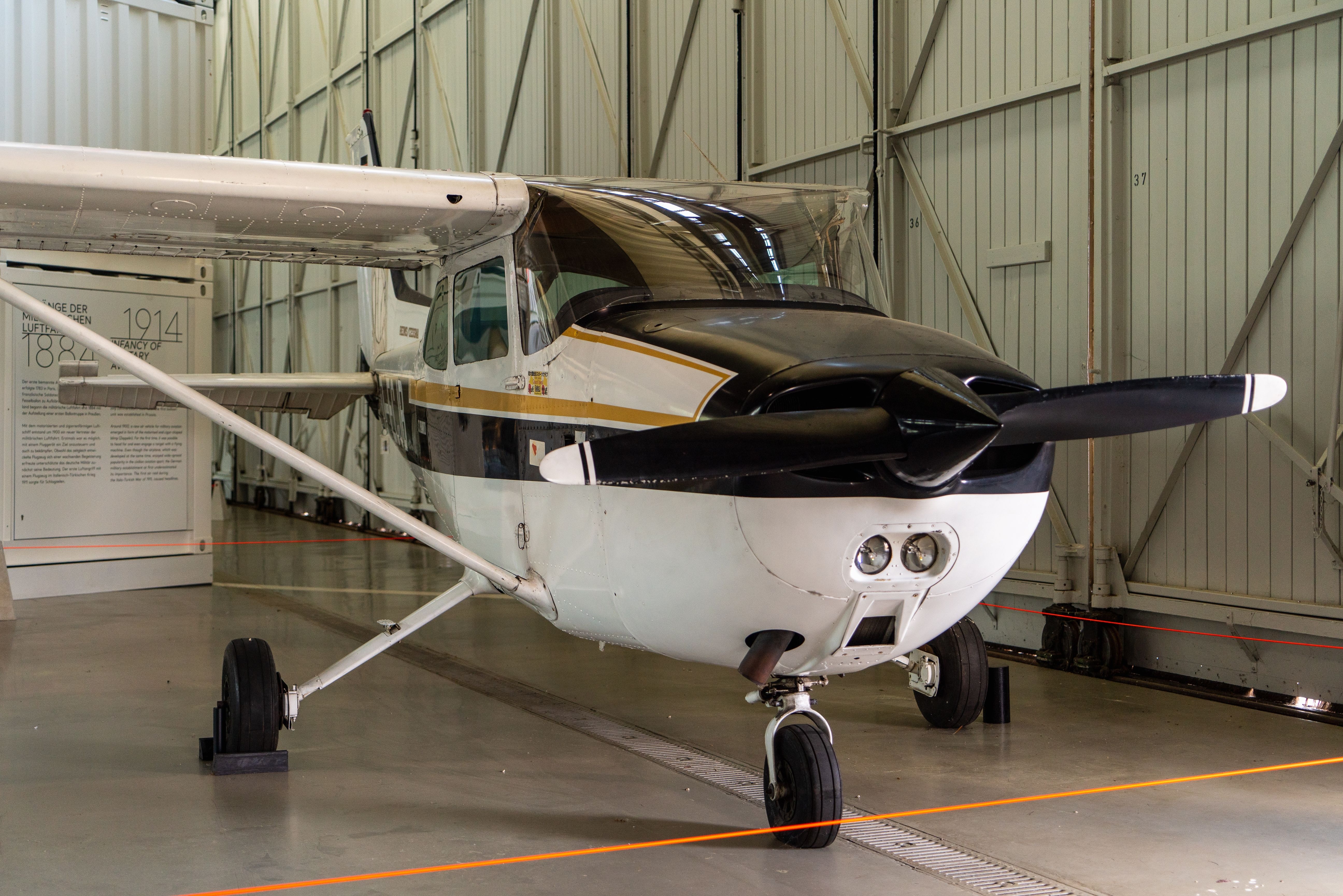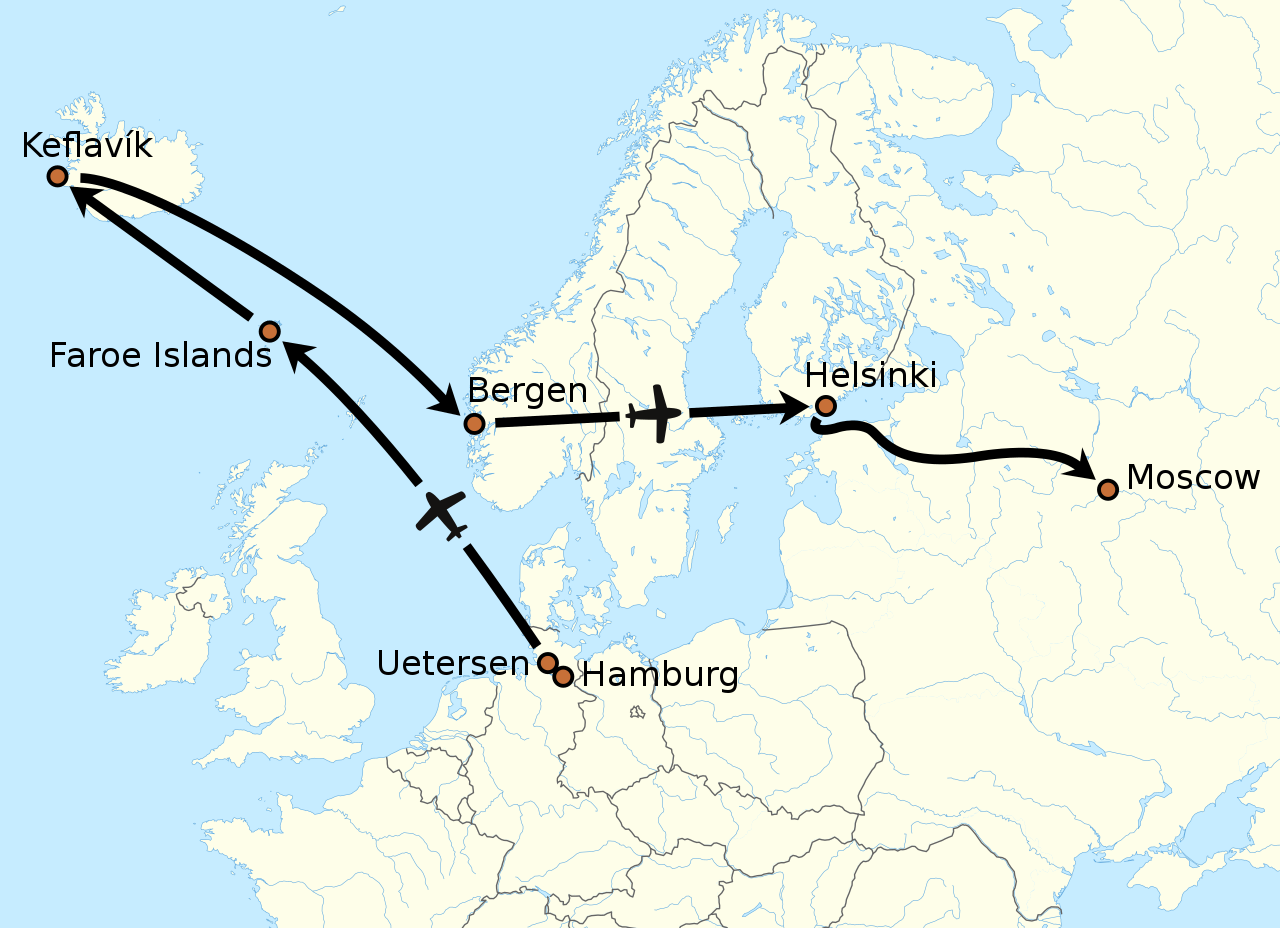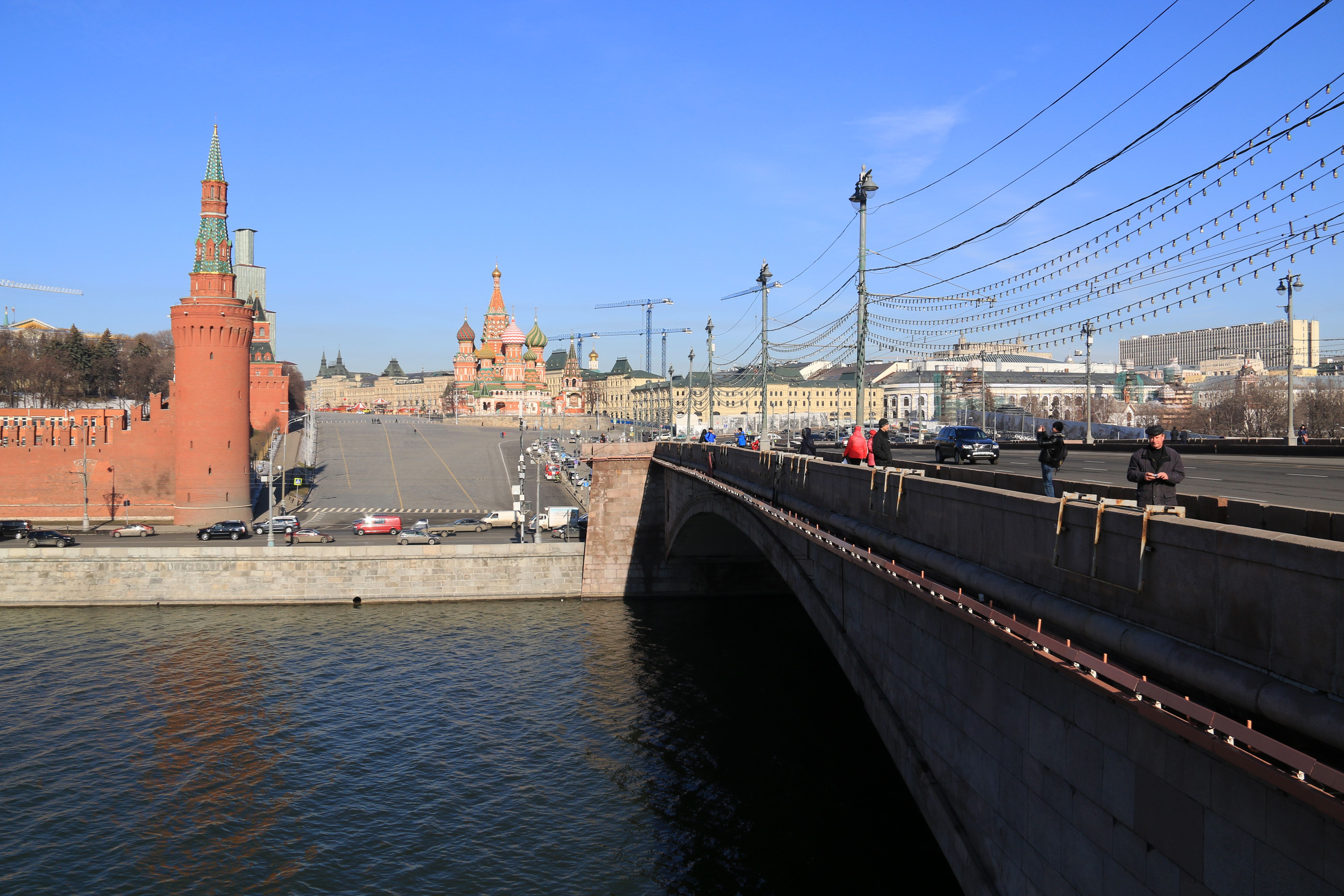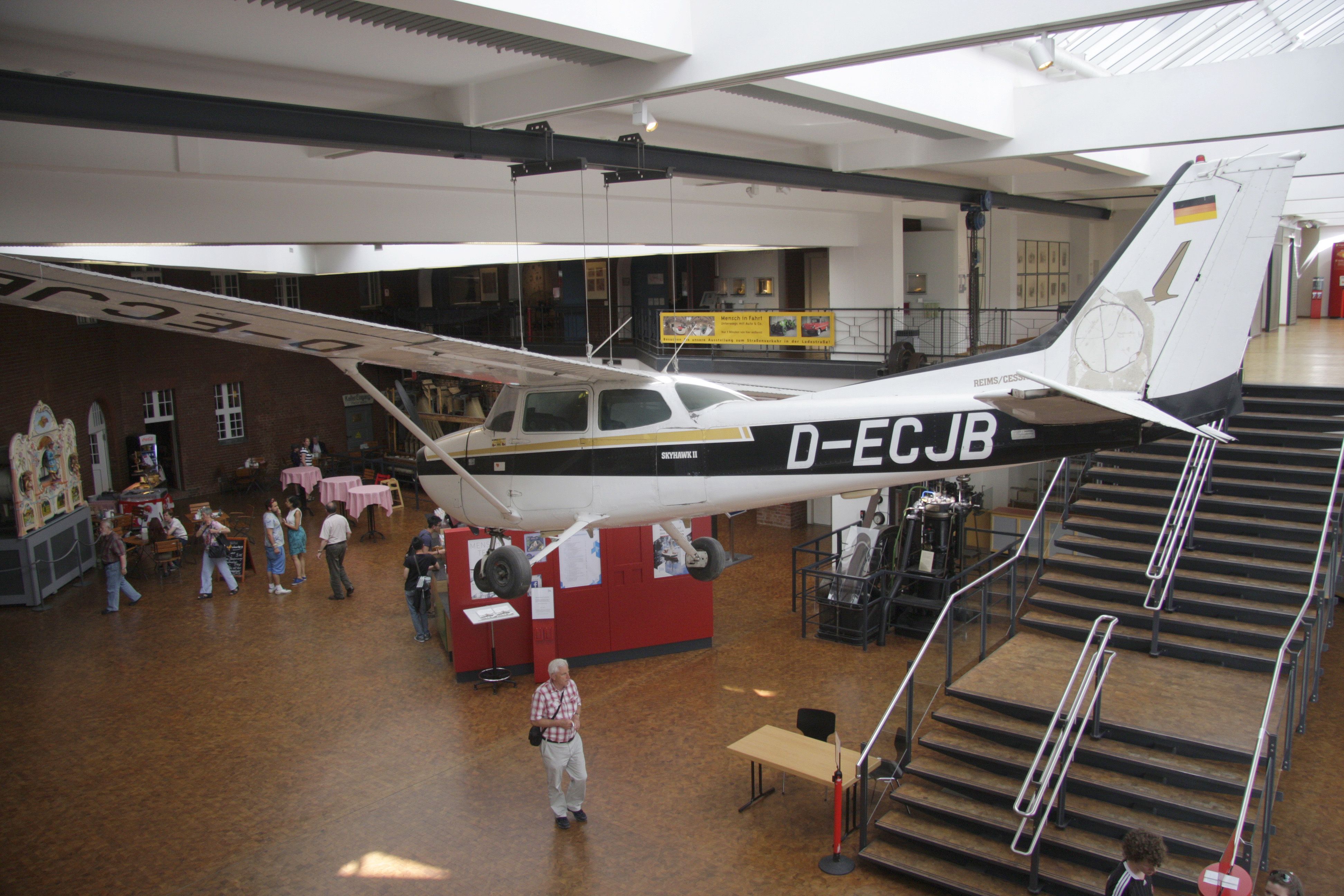Have you ever heard the story of how an 18-year-old amateur German pilot managed to invade Soviet airspace and land his rented Reims Cessna F172P aircraft on a bridge near Red Square in Moscow? On May 13th, 1987, Mathias Rust took off from Uetersen Airfield near Hamburg with plans to fly around Northern Europe for the next two weeks. His journey would ultimately end in spectacular fashion.
A complex journey
Having taken the additional seats out of the Cessna, and added auxiliary fuel tanks to the aircraft, Rust headed first to the Faroe Islands before flying to Iceland. Rust stopped in Bergen, Norway, on his return flight home and then again at Helsinki-Malmi Airport (HEM) to refuel. When filing his flight plan in Finland, Rust told Air Traffic Control (ATC) that he was flying to the Swedish capital city of Stockholm.
Rust took off from Helsinki at 12:21 local time and, after his final communication with ATC, turned his plane to the east near the town of Nummela. This immediately drew attention, as it was the opposite direction to his filed Sweden-bound flight plan, and took him towards the airspace of the Soviet Union. Finnish ATC tried to contact Rust, but he had turned off all his communications equipment.
Love aviation history? Discover more of our stories here!
Now free of any further communications from air traffic controllers, Rust flew across the Baltic, over Estonia, and into the Soviet Union, immediately turning towards Moscow. Rust was soon detected by Soviet air defenses and tracked by several battalions of the 54th Air Defense Corps. While waiting for permission to fire their surface-to-air missiles, two MIG-23s were dispatched to investigate.
At 14:48, the MIGs spotted what to them looked like a Yak-12 sport plane and asked for permission to engage. This was denied, and the MIG pilots lost sight of the Cessna near Gdov. As Rust flew towards Moscow, miscommunications between defense units led to confusion. Because the local air regiment near Pskov was on maneuvers, controllers assumed that all aircraft in the area were friendly.
Rust's plans changed en route
At around 19:00, Rust eventually reached the skies above Moscow, initially intending to land the plane behind the walls of the city's fortified Kremlin complex. However, he ultimately decided against this plan of action upon reasoning that, if he did do that, the KGB could arrest him and simply deny that the incident had taken place.
Get the latest aviation news straight to your inbox: Sign up for our newsletters today!
After his change of plan, Rust opted instead to attempt to land the plane in Red Square. However, the massive amount of people in the square made this impossible. After circling for several minutes, the 18-year-old pilot decided that his best option was to land on the Bolshoy Moskvoretsky Bridge by St. Basil's Cathedral.
Rust ultimately touched down successfully on the bridge, which is pictured above, and was greeted by bystanders who asked him for his autograph. When he told onlookers that he came from Germany, those in the crowd assumed that he meant East Germany, a friendly neighbor of the Soviet Union. Nonetheless, did not take long for the police to arrive and arrest the young German aviator.
Prison sentence cut short
At Rust's trial just over three months later, on September 2nd, 1987, the German was found guilty of hooliganism, breaching Soviet borders, and disregarding aviation laws. For these crimes, he was initially sentenced to four years in a labor camp. However, he instead served time in a high-security detention facility in Moscow.
Two months after the trial, then-American President Ronald Reagan met with his Soviet counterpart, Mikhail Gorbachev, to sign a treaty banning intermediate-range nuclear weapons in Europe. As a sign of goodwill to the West, the Supreme Soviet (the USSR's most powerful legislators) ordered Rust to be released in 1988.
While Rust's plan to meet with Gorbachev and promote better relations with the West never happened, the landing in Red Square had other consequences.
Indeed, his being able to cross into Soviet airspace and land a plane near the seat of power damaged the reputation of the Soviet military. This allowed for the reformist Gorbachev to remove opponents of his reforms and replace many senior officers, in a purge the likes of which had not been seen since Stalin in the 1930s.
Sources: Frankfurter Allgemeine Zeitung, New York Times, Smithsonian Magazine, Time




